
Moscow is the capital and largest city of Russia. The city stands on the Moskva River in Central Russia, with a population estimated at 13.0 million residents within the city limits, over 18.8 million residents in the urban area, and over 21.5 million residents in the metropolitan area. The city covers an area of 2,511 square kilometers (970 sq mi), while the urban area covers 5,891 square kilometers (2,275 sq mi), and the metropolitan area covers over 26,000 square kilometers (10,000 sq mi). Moscow is among the world's largest cities, being the most populous city entirely in Europe, the largest urban and metropolitan area in Europe, and the largest city by land area on the European continent.

The 1980 Summer Olympics, officially known as the Games of the XXII Olympiad and commonly known as Moscow 1980, were an international multi-sport event held from 19 July to 3 August 1980 in Moscow, Soviet Union, in present-day Russia. The games were the first to be staged in an Eastern Bloc country, as well as the first Olympic Games and only Summer Olympics to be held in a Slavic language-speaking country. They were also the only Summer Olympic Games to be held in a self-proclaimed communist country until the 2008 Summer Olympics held in China. These were the final Olympic Games under the IOC Presidency of Michael Morris, 3rd Baron Killanin before he was succeeded by Juan Antonio Samaranch, a Spaniard, shortly afterwards.

The Cathedral of Vasily the Blessed, commonly known as Saint Basil's Cathedral, is an Orthodox church in Red Square of Moscow, and is one of the most popular cultural symbols of Russia. The building, now a museum, is officially known as the Cathedral of the Intercession of the Most Holy Theotokos on the Moat, or Pokrovsky Cathedral. It was built from 1555 to 1561 on orders from Ivan the Terrible and commemorates the capture of Kazan and Astrakhan. It was the city's tallest building until the completion of the Ivan the Great Bell Tower in 1600.

The White House, also known as the Russian White House and previously known as the House of Soviets of Russia, is a government building in Moscow. It stands on the Krasnopresnenskaya Embankment. The building serves as the primary office of the government of Russia and is the official workplace of the Russian Prime Minister.

The Cathedral of Christ the Saviour is a Russian Orthodox cathedral in Moscow, Russia, on the northern bank of the Moskva River, a few hundred metres southwest of the Kremlin. With an overall height of 103 metres (338 ft), it is the third tallest Orthodox Christian church building in the world, after the People's Salvation Cathedral in Bucharest, Romania and Saints Peter and Paul Cathedral in Saint Petersburg, Russia.
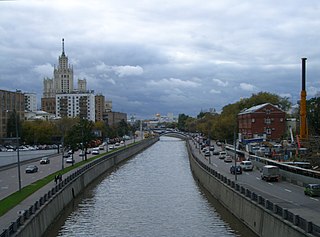
The Yauza is a river in Moscow and Mytishchi, Russia, a tributary of the Moskva. It originates in the Losiny Ostrov National Park northeast of Moscow, flows through Mytishchi, enters Moscow in the Medvedkovo District and flows through the city in an irregular, meandering, generally north-south direction. The Yauza joins the Moskva River in Tagansky District just west of Tagansky Hill, now marked by the Kotelnicheskaya Embankment tower. Valleys of the Yauza, from the MKAD beltway in the north to the Moscow-Yaroslavl railway west of Sokolniki Park, are protected as natural reserves.

Voronezh is a city and the administrative centre of Voronezh Oblast in southwestern Russia straddling the Voronezh River, located 12 kilometers (7.5 mi) from where it flows into the Don River. The city sits on the Southeastern Railway, which connects western Russia with the Urals and Siberia, the Caucasus and Ukraine, and the M4 highway (Moscow–Voronezh–Rostov-on-Don–Novorossiysk). In recent years the city has experienced rapid population growth, rising in 2021 to 1,057,681, up from 889,680 recorded in the 2010 Census; making it the 14th-most populous city in the country.
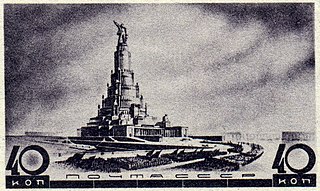
The Palace of the Soviets was a project to construct a political convention center in Moscow on the site of the demolished Cathedral of Christ the Saviour. The main function of the palace was to house sessions of the Supreme Soviet in its 130-metre (430 ft) wide and 100-metre (330 ft) tall grand hall seating over 20,000 people. If built, the 416-metre (1,365 ft) tall palace would have become the world's tallest structure, with an internal volume surpassing the combined volumes of the six tallest American skyscrapers. This was especially important to the Soviet state for propaganda purposes.
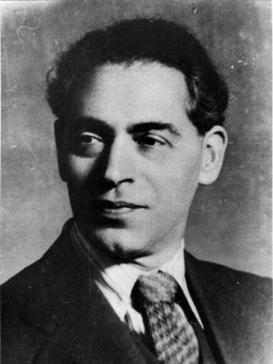
Boris Mikhailovich Iofan was a Soviet architect of Jewish origin, known for his Stalinist architecture buildings like 1931 House on the Embankment and the 1931–1933 winning draft of the Palace of the Soviets.
The Eighth Sister is the unbuilt project for a skyscraper in Zaryadye, Moscow. It would have been the eighth sister to the group of Stalinist skyscrapers known as Seven Sisters. The architect was Dmitry Chechulin.
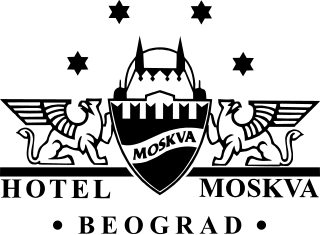
Hotel Moskva is a four star hotel in Belgrade, one of the oldest currently operating in Serbia. The building has been under governmental protection since 1968. Originally operating as a 36-room inn within the multi-purpose Palace Rossiya, whose almost three-year construction and January 1908 opening represented a major investment of the Russian Empire in the Serbian economy, Hotel Moskva eventually expanded its facilities to take up the entire palace.

Anna Sergeyevna "Anita" Tsoy is a Russian singer-songwriter of Korean descent. She is a Meritorious Artist of Russia (2003).
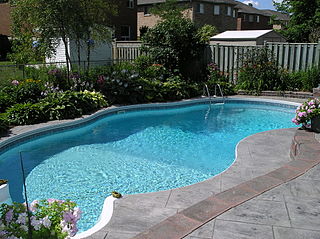
A swimming pool, swimming bath, wading pool, paddling pool, or simply pool, is a structure designed to hold water to enable swimming or other leisure activities. Pools can be built into the ground or built above ground, and may be found as a feature aboard ocean-liners and cruise ships. In-ground pools are most commonly constructed from materials such as concrete, natural stone, metal, plastic,composite or fiberglass, and can be of a custom size and shape or built to a standardized size, the largest of which is the Olympic-size swimming pool.

Hotel Ukraina, also branded and marketed as the Radisson Collection Hotel, Moscow, is a five-star luxury hotel in the city centre of Moscow, on a bend of the Moskva River. The hotel is one of the "Seven Sisters", and stands 206 metres (676 ft) tall. It is the tallest hotel in Russia, the tallest hotel in Europe, and the 52nd-tallest hotel in the world. It is a Radisson Collection hotel, managed by the Rezidor Hotel Group.

Sergey Olegovich Kuznetsov is a Russian architect, Chief Architect of Moscow.
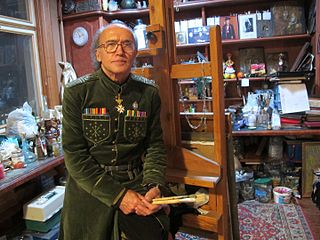
Muhadin Ismailovich Kishev is a Circassian artist from Kabardino-Balkaria in the North Caucasus. His art is concerned with the confirmation of beauty and the medium of his paintings is usually oil on canvas or monotype on paper, with colour as the protagonist of his art. Kishev has exhibited his work in many countries apart from Russia including England, Spain and the United States. Currently he lives in Spain and divides his time between his Studios in Moscow, Nalchik and Los Canyos de Meca in Andalusia.
Orthodox churches in Rostov-on-Don were built during the 17th–20th centuries; they played a decisive role in shaping of the architectural appearance of Rostov-on-Don. They created the high-altitude dominants which were really so important for each city. In addition, all the churches had their own unique style, reflecting the development of Russian art throughout the centuries.

Petr A. Druzhinin ; Russian–Israeli historian and author, an expert in rare books and manuscripts; PhD in history. Research fellow of the Tel Aviv University and Institute of Linguistics of the Russian Academy of Sciences

Sampsoniyevskoye is a municipal okrug occupying the southern part of Vyborgsky District of the federal city of Saint Petersburg, Russia.

Valery Andreevich Mishin is a Soviet and Russian painter, graphic artist, poet and writer.




















